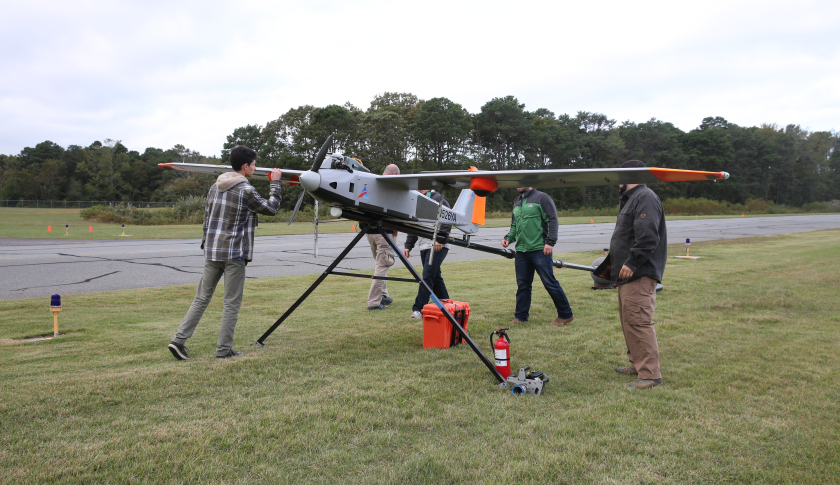Verizon believes the next frontier for the Internet of Things won't happen in our homes or even on land. Instead, it'll play out in the sky.
For the past two years, the nation's largest cellular provider has been working on its Airborne LTE Operations (ALO) initiative which involves outfitting both manned and unmanned aircraft (drones) with 4G LTE wireless connectivity.
Unlike Facebook and Google which intend to use unmanned craft to provide wireless Internet access to remote and underserved regions, part of Verizon's goal is to use drones to provide mobile connectivity during emergency situations when land-based towers aren't an option.
In 2012, for example, Hurricane Sandy had a major impact on the communications infrastructure on the East Coast. Federal Communications Commission chairman Julius Genachowski said shortly after the storm that around 25 percent of cell phone towers across 10 states had been damaged or destroyed beyond repair.
In an initial controlled trial, Verizon partnered with American Aerospace Technologies Inc. (AATI) to test connectivity between aerial platforms and Verizon's 4G LTE network using a 17-foot wingspan unmanned aircraft system.
Verizon's initiative isn't just for emergency situations. Come next year, the telecom hopes to offer a new suite of services through its ThingSpace IoT platform that could be used for all sorts of tasks such as inspecting pipelines and high-voltage power lines, gathering traffic data and keeping tabs on farmland through aerial imaging.
